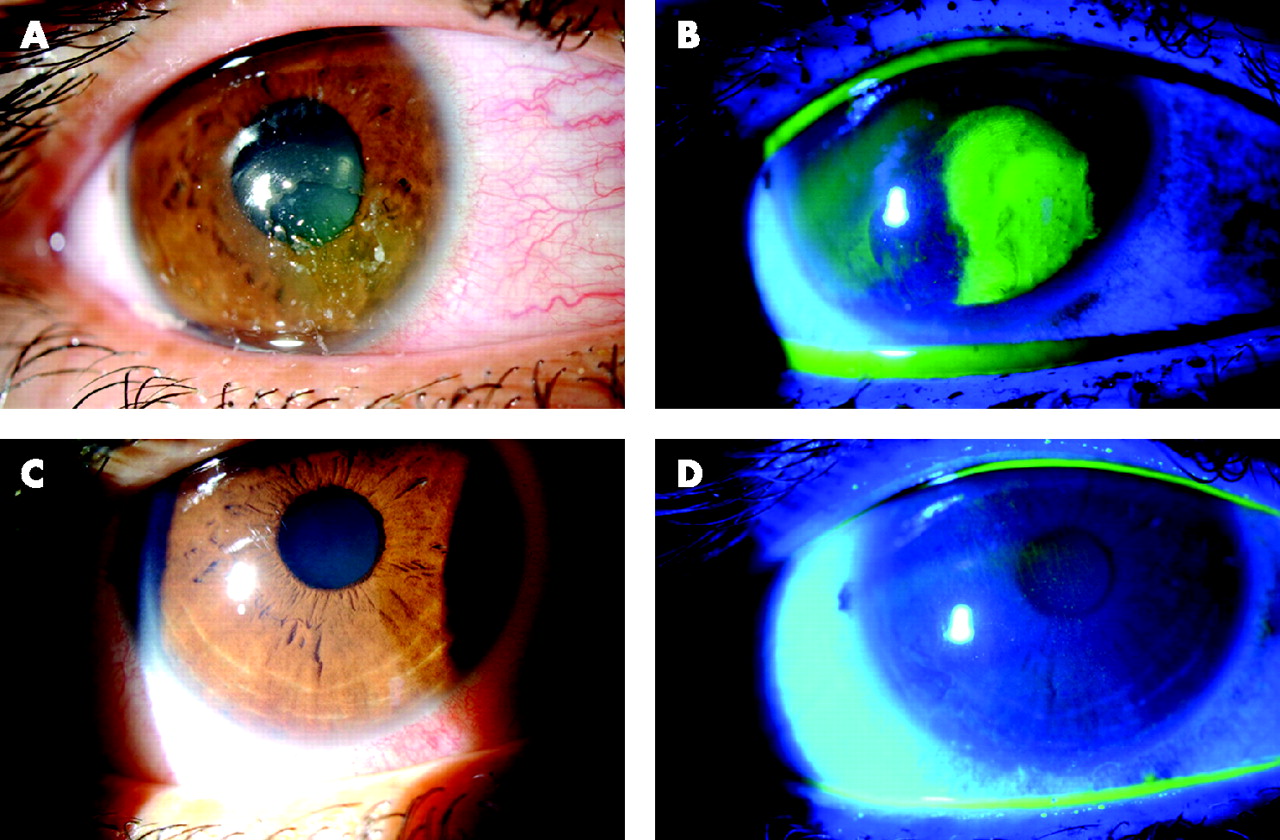Recurrent Corneal Erosions (RCEs) refer to recurrent episodes of corneal defect involving the corneal epithelium and basement membrane. There is repeated breakdown of corneal epithelium associated with severe eye pain, lacrimation, photophobia and corneal scarring. RCEs need thorough evaluation by expert ophthalmologists like Eye specialist in Lahore.
What are the treatment options for Recurrent Corneal Erosions?
Treatment is often challenging for corneal erosions because of their recurrent nature. Moreover, depending on the pathophysiology, there is often resistance to treatment, warranting repeat visits to the eye specialist.
Medical treatment for RCEs:
Before resorting to surgical options, the medical options are explored for the treatment of recurrent corneal erosions. However, most cases of corneal ulcers need tailored and individualized therapy as the eye doctor makes a case-by-case assessment. Treatment thereafter, progresses in a step-wise management.
Lubrication: is the first-line therapy for corneal involvement. Lubricants like preservative-free artificial tears prevent the eyelid from adhering to the cornea and causing recurrent damage. This is why bedtime lubricating ointments play a role as they are longer lasting. Chilled lubricants offer pain relief as well.
Antibiotics: RCEs are predisposed to bacterial superinfection, and most experts recommend adding an antibiotic to the treatment regimen. Bacitracin and erythromycin are used most often to prevent super-infection.
NSAIDs: recurrent corneal erosions are painful. For pain management drugs like oral NSAIDs, and NSAID drops are added to the regimen. Those with severe pain are given oral narcotics.
Bandage contact lens (BCL): patients who don’t respond to the first line drugs like the lubricants and antibiotics, benefit from the bandage contact lenses (BCL). The BCLs are often an alternative to more aggressive therapies and can provide pain relief as well. They are also beneficial in cases of large erosions. Bandage contact lenses are kept on the lesion for two to eight weeks with application of prophylactic antibiotic drops. The odds of recurrence are reduced in the patients who use BCL, as per the data from retrospective studies.
Punctal occlusion: patients with chronic dry eye and RCE, punctal occlusion is the treatment of choice. Punctal occlusion improves healing and prevents further attacks.
Combination therapy: in patients with contraindication to BCLs, combination therapy with topical corticosteroids, oral tetracyclines and lubricants is the recommended treatment. Combination therapy is followed for up to three weeks and helps to tackle pain, improves visual acuity and reduces odds of recurrence. The recovery and the reattachment of corneal epithelium is facilitated by the combination therapy.
Surgical therapy
If aggressive medical therapy fails, surgical therapy is resorted to. It is not, however, first line treatment for recurrent corneal erosions.
Debridement of cornea: if the lesion on the cornea is located in the region of visual axis, corneal debridement can be performed. This invasive procedure is performed under topical anesthesia to clear the loose anterior epithelium. Only a rim of corneal is left after debridement to re-epithelialize the cornea. After surgery a bandage contact lens is placed in the eye to allow healing. The BCL is left in place until the re-epithelialization is complete. During this time, topical antibiotics are to be used diligently.
Phototherapeutic keratectomy (PTK): When all other options have failed, PTK is indicated. This technique uses excimer laser to ablate the cornea’s bowman layer after mechanical debridement of the overlying cornea. The idea is to allow stronger adhesion afterwards, during re-epithelialization. Similar to debridement, BCL is applied after the surgery, along with topical antibiotics.
In the post-operative period, the patient should be monitored consistently, with regular follow-up and slit-lamp examinations by Eye specialist in Islamabad. After the procedure, medication is prescribed to prevent recurrence.

